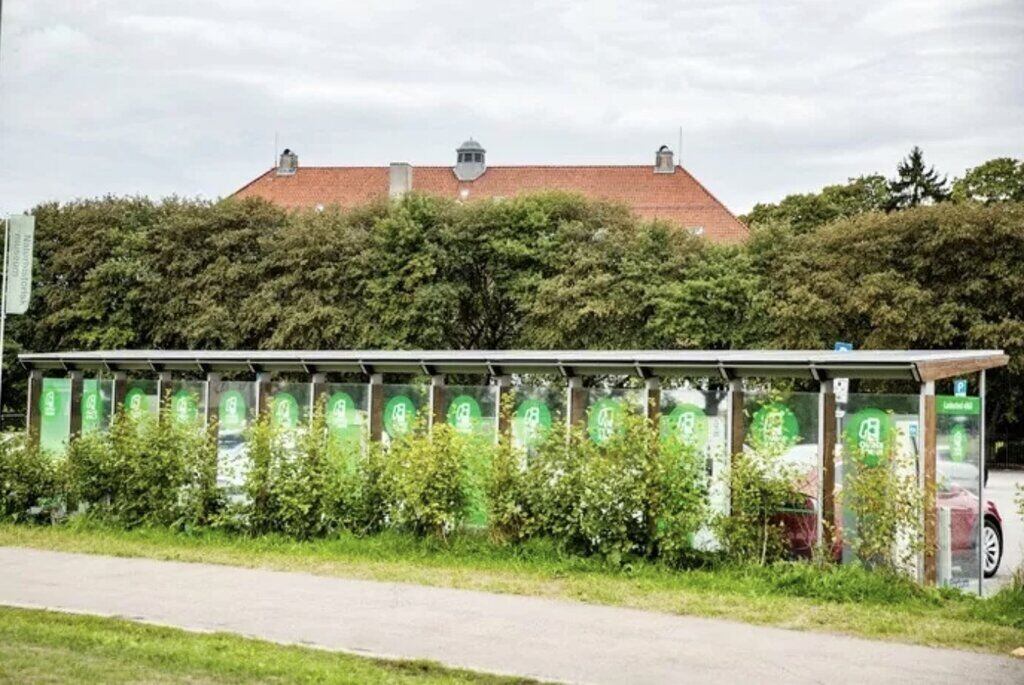Oslo has set a target of becoming carbon neutral by 2030 – considered the most ambitious target in the world. To achieve this goal, the city with a population of less than 1 million people has made efforts to apply many measures to reduce greenhouse gas emissions in many different areas.
For example, unlike construction sites elsewhere, the Oslo site is noise-free. Oslo aims to create the world's first zero-emission construction site.
The city has implemented many innovative solutions in the construction industry such as using only electric excavators and equipment, converting diesel excavators to electric motors and batteries, using electric heavy construction equipment and applying zero-emission technologies.
This is one of the outcomes of the Climate Budget that Oslo pioneered in 2017. Accordingly, environmental targets are integrated into annual financial plans, helping authorities measure and track greenhouse gas emissions reductions in sectors over the budget cycle. Construction, transport and waste incineration - which account for around 90% of the city's total emissions - are among the priority sectors.
The Climate Budget is the world's first initiative of its kind and is seen as a breakthrough tool to help city governments tackle urban emissions.
In the field of public transport, Oslo is at the forefront of adopting green solutions, prioritizing pedestrians and cyclists and promoting the energy transition of public transport, focusing mainly on electric vehicles.
The city's public transport system, including trains, ferries and buses, is now almost entirely electric, and the goal is for 100% of public transport to be powered by renewable energy by 2030.
By 2023, electric vehicles will account for 70% of all cars sold in Oslo, making Oslo the world capital of electric vehicles per capita. To encourage more people to use electric vehicles, the city government has invested in and installed over 2,000 new charging points for electric vehicles and applied incentive policies such as reducing tolls, free parking, and creating easy access to bus routes...
Oslo also encourages active travel by expanding its cycle lanes. Since 2017, Oslo has built 100 km of new cycle paths, which has increased the number of cyclists by 51%.

Oslo's public bus system runs on fuel collected from organic waste. Currently, about 40% of residents' household waste is recycled, and this proportion is expected to increase.
Reusing and recycling waste are measures that the Oslo government is applying instead of traditional methods to manage waste more effectively, promoting circularity in the economy, with the goal of reducing waste by 30% per capita by 2030.
One of the reasons Oslo was voted European Green Capital 2019 is that the city has many urban spaces filled with green trees and clean air. This has made people more actively involved in the green transition because they are the direct, daily beneficiaries of such efforts.











